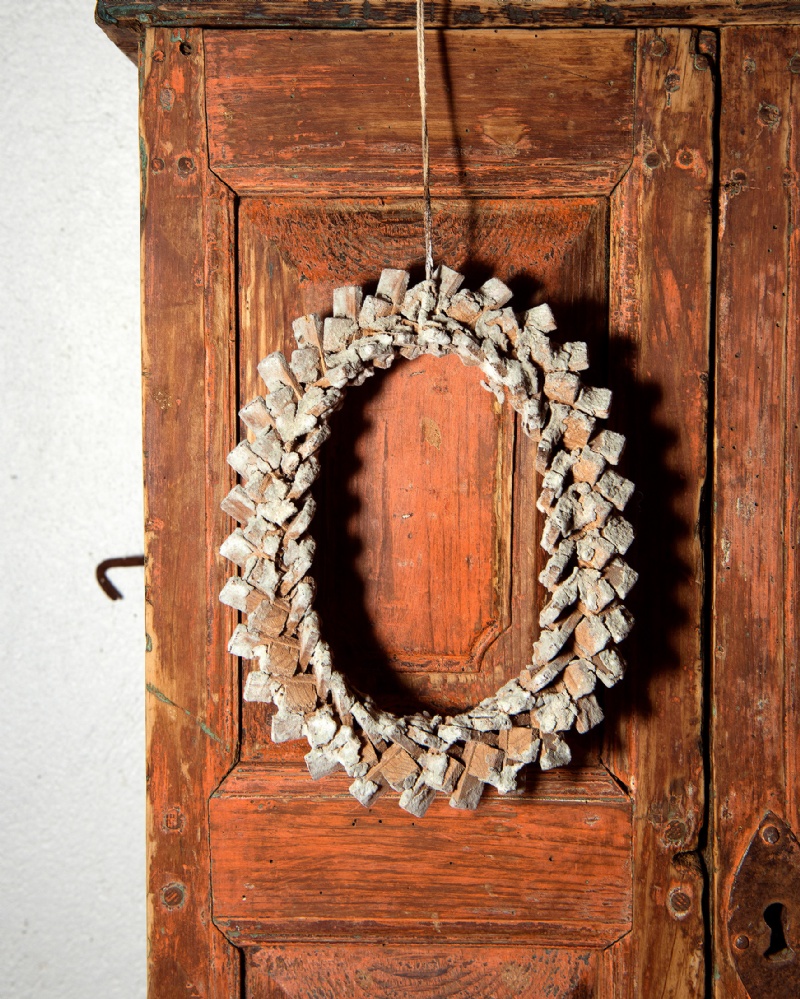The law of Gulating (900 CE) demands that each farmer must brew beer for the four festive seasons of the year, and the law of Frostating (1000 CE) lists the penalty for stealing hops, an important ingredient in beer.
The birth of a child would traditionally be celebrated with beer! In Norwegian we still use the name "barsel" for maternity or post natal, from the original meaning "barns øl" - "childs ale". Even after Christianity was introduced, people "combined" the old and new rituals by baptising children in beer. The Archbishop of Trondhjem in Norway, Sigurd, asked the pope in 1241 if this was acceptable. The response of Pope Gregory IX says: "Since according to the Gospel teaching, a man must be born again of water and the Holy Ghost, those are not to be considered validly baptised who have been baptised with beer" (cervisia). He probably disliked the competition from the old Norse gods.
The culture of brewing has been widespread across Scandinavia since before the Viking ages, but modern society has replaced the homebrew in most places. Only a few communities in western Norway - the Vestlandet - held on to the traditions using kveik for brewing.
The traditions, and the kveik, survived only because of a strong cultural identity and pride in its heritage. The people of places like Voss has also kept another tradition important to the survival of kveik; the
smokehouse. Local food traditions of curing and smoking meat and sausages has kept the smokehouses intact on many farms, even when modern living and electric cooking stoves was introduced.
The kveik can ferment at much higher temperatures than other yeast without causing off-flavors. Ordinary brewer's yeast will usually produce off-flavors above 25C (77F), but kveik can go as high as 43C (109F) without ill effects

